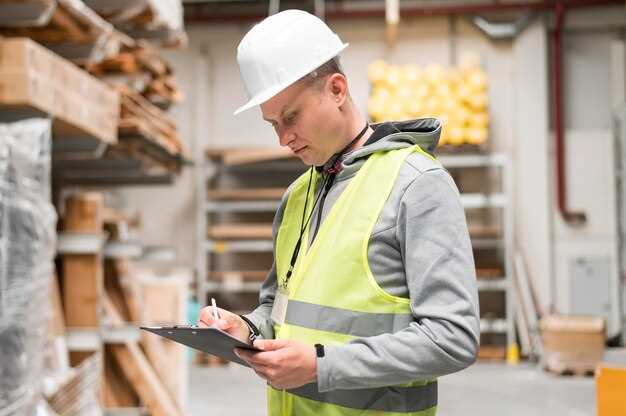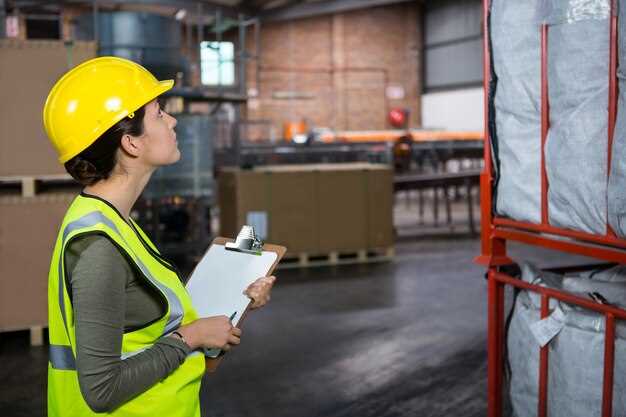
Quality control plays a crucial role in restoration management, ensuring that the results of any restoration project meet the highest standards. The process of restoration often involves complex procedures that require meticulous attention to detail. Implementing thorough checks at every stage of the restoration process not only safeguards the integrity of the materials and techniques used but also enhances the overall outcome.
When restoration projects are conducted without strict quality control measures, the potential for errors increases significantly. These errors can lead to unsatisfactory results that compromise the vision and objectives of the project. Therefore, it is essential to establish a robust quality control framework that includes regular assessments and checks to identify any discrepancies early in the process.
In conclusion, prioritizing quality control in restoration management is not simply an option; it is a necessity. By maintaining high standards through rigorous checks and careful monitoring, restoration professionals can achieve successful results that honor the historical significance of the project while ensuring longevity and durability in the restored artifacts or structures.
Key Quality Checks for Restoration Project Success

In the realm of restoration management, implementing rigorous quality checks is essential for achieving optimal results. These checks ensure that restoration projects not only meet client expectations but also adhere to industry standards. Here are the vital quality checks to consider:
- Material Evaluation:
Assess all materials prior to their use in the restoration process. Confirm that they meet the required specifications for durability and compatibility with existing structures.
- Site Assessment:
Conduct regular site evaluations throughout the project. This includes checking for compliance with safety regulations and verifying that the work is progressing according to the project timeline.
- Workmanship Inspection:
Examine the quality of the workmanship continuously. Ensure that each task is performed to a standard that reflects the best practices within the restoration industry.
- Environmental Considerations:
Evaluate the environmental impact of the restoration efforts. Quality checks should include assessing waste management, pollution control, and the sustainability of materials used.
- Functionality Testing:
After completing each restoration phase, conduct functionality tests to ensure that the restored elements operate as intended. This could include testing structural stability and the performance of electrical and plumbing systems.
- Client Feedback:
Solicit feedback from clients at various stages of the project. Their insights play a critical role in assessing satisfaction levels and making necessary adjustments.
- Final Review and Documentation:
Perform a comprehensive final review upon project completion. Document all aspects of the restoration process, including any deviations from initial plans and resolutions to challenges encountered.
In conclusion, the implementation of these key quality checks is pivotal to the success of any restoration project. By focusing on details, monitoring progress, and remaining receptive to client input, restoration managers can ensure that the results of their projects are both exemplary and enduring.
Measuring Restoration Results: Metrics and Methods
Effective restoration management requires a rigorous approach to measuring results to ensure quality outcomes. Establishing metrics is essential in evaluating the success of restoration efforts. Various metrics can be employed to assess ecological, social, and economic aspects of restoration.
One commonly used method is the Ecological Quality Index (EQI), which assesses biodiversity, ecosystem functions, and overall environmental health. This quantitative metric enables stakeholders to evaluate how successful the restoration is in achieving ecological balance.
Another pivotal metric is the Cost-Benefit Analysis (CBA). This method weighs the financial resources invested against the benefits derived from the restoration project. A thorough CBA helps in understanding the economic viability and long-term sustainability of restoration initiatives.
Moreover, Stakeholder Satisfaction Surveys serve as a valuable qualitative method for measuring social restoration results. Engaging local communities in feedback processes ensures their perspectives and values are considered essential indicators of success, ultimately enhancing project quality.
Regular Monitoring and Evaluation (M&E) strategies are crucial for ongoing assessment. Implementing adaptive management practices based on M&E findings allows restoration managers to adjust strategies dynamically, ensuring continuous improvement and quality enhancement in restoration outcomes.
In summary, utilizing diverse metrics and methods to measure restoration results is vital for maintaining quality and achieving targeted ecological and social outcomes. The integration of quantitative and qualitative assessments ensures a comprehensive understanding of restoration effectiveness.
Common Challenges in Quality Assurance during Restoration

Quality assurance in restoration management is critical for achieving desired results. However, several challenges can hinder effective quality control processes. One of the primary issues is the lack of standardized protocols. Without universally accepted guidelines, restoration projects may vary significantly in their approach, leading to inconsistent quality and unpredictable results.
Another challenge is the skill level of personnel involved in restoration tasks. Inadequate training and experience can result in errors that compromise the quality of the work. Ensuring that all team members are properly trained and up-to-date with the latest restoration techniques is essential for maintaining high-quality standards.
Resource management also presents challenges in quality assurance. Limited access to high-quality materials can force restorers to compromise on essential aspects, adversely affecting the overall quality of the restoration. Sourcing reliable suppliers who can provide consistent materials is vital to ensure that restoration outcomes meet expectations.
Furthermore, communication gaps among stakeholders can lead to misunderstandings regarding quality requirements. Clear and open channels of communication are necessary to align all parties on the quality objectives and ensure that everyone is working towards the same results.
Lastly, monitoring and assessing quality throughout the restoration process can be complex. Establishing effective metrics for evaluation and conducting regular quality checks are crucial steps that help identify issues early on, allowing for timely corrective actions. Addressing these challenges is essential for enhancing the quality and effectiveness of restoration efforts.




